 |
| River Wadi Taroudant February when dry |
 |
| River Wadi Taroudant early morning February |
 |
| Dry River Wadi Taroudant |
 |
| Wadi Taroudant after rain |
 |
| River in Wadi Taroudant |
 |
| Waadi after rain Taroudant |
 |
| River in flow Taroudant 1.12.11. |
A diarised guide to life in Taroudant in pictures and English. Some of the items of most interest to general Tourists may be in older posts.
 |
| River Wadi Taroudant February when dry |
 |
| River Wadi Taroudant early morning February |
 |
| Dry River Wadi Taroudant |
 |
| Wadi Taroudant after rain |
 |
| River in Wadi Taroudant |
 |
| Waadi after rain Taroudant |
 |
| River in flow Taroudant 1.12.11. |
 |
| Snakecharmer, Taroudant |
 |
| Snakecharmer, Taroudant |
 |
| Snakecharmer, Tatoudant |
 |
| Hanging throws and rugs, the arab souk, Taroudant |
 |
| Hanging goods, the arab souk, Taroudant |
 |
| Bags hanging in the arab Souk,Taroudant |
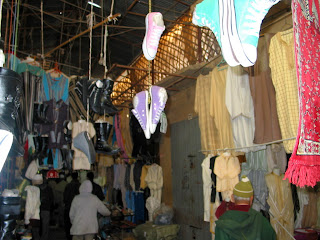 |
| Arab Souk Taroudant |
 |
| Arab Souk Taroudant |
 |
| Place Tamoklate in the run-up th Eid 2010; the busiest time of year |
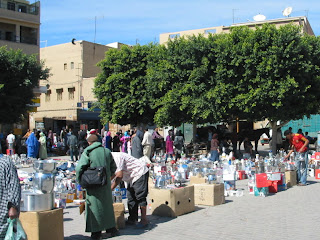 |
| Place Tamoklate Taroudant 7.3.11 |
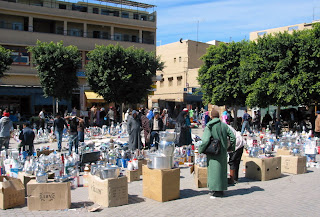 |
| Place Tamoklate Taroudant 7.3.11 |
 |
| Place Tamoklate Taroudant 7.3.11 |
 |
| Progress on the rampart access at Bab Taghout Taroudant |
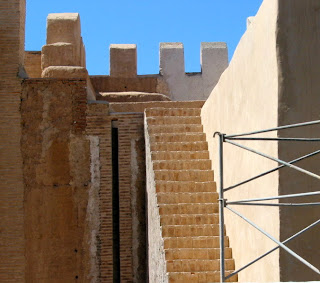 |
| New steps at Bab Taghout Taroudant |
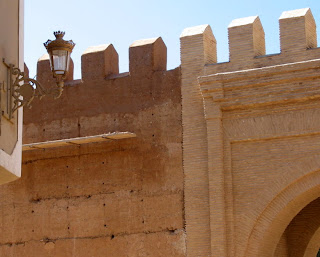 |
| Scaffold at Bab Taghout Taroudant |
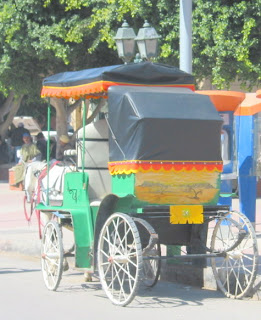 |
| Caleche No 34 Taroudant |
 |
| Detail of Caleche 34 Taroudant |
 |
| Caleche 43 Taroudant |
 |
| Detail Caleche 43 Taroudant |
 |
| Caleche Taroudant |
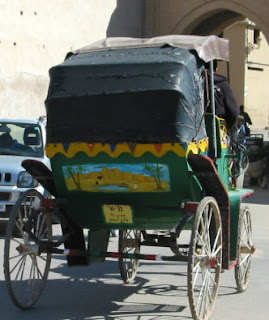 |
| Caleche 13 Taroudant |
 |
| Detail Caleche 13 Taroudant |
 |
| Caleche Taroudant |
 |
| Caleche Marrakesh |
 |
| Caleche Marrakesh |
 |
| Waterseller, Place Assareg, Taroudant |
 |
| University of Kharioune, Fes |
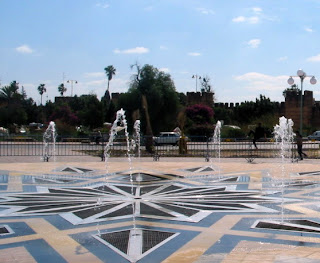 |
| New fountain outside Taroudant Kasbah |
 |
| Fountain outside Taroudant Kasbah |
 |
| Clouds over Taroudant town walls |
 |
| View of the Atlas from the entrance to Taroudant Kasbah |
 |
| Bab Larjer entrance to Taroudant Kasbah |
 |
| Looking out from the gate to Taroudant Kasbah |
 |
| Taroudant Kasbah |
 |
| Entering Taroudant Kasbah through the "pedestrian" entrance |
 |
| "Kipper" skies Taroudant |
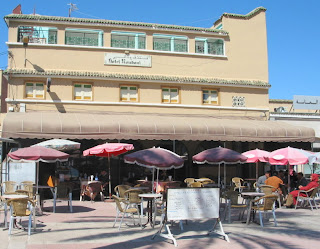 |
| Hotel Roudani Taroudant |
 |
| 7 vegetable couscous |